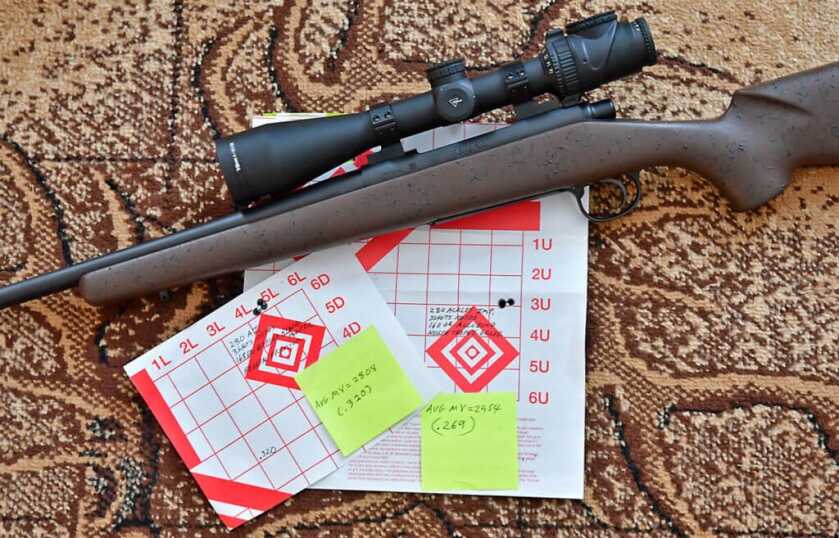
You can do many things, ranging from simple and cheap to costly and complex, to make a rifle more accurate. You may be able to do some jobs yourself with the proper expertise, tools, and machinery, but some are best left to a competent gunsmith. The first step is to accurately diagnose what’s causing the problem, and that’s where a lot of people come to grief because there are so many variables that affect a rifle’s accuracy. That’s also where a good gunsmith can save you from engaging in an endless trial-and-error exercise.
You can also take your gun to a company that specializes in accurizing rifles if you’re willing to spend the money to create what is, for all practical purposes, a custom rifle. My latest such project is a case in point. After replacing the factory trigger with a Timney trigger, I took a Remington 700 American Wilderness Rifle chambered in 270 Win. to Hill Country Rifles in Texas to get the full accuracy treatment. The rifle went in struggling to shoot 1 ½ to 2-inch groups at 100 yards. At my request, they installed a new Benchmark barrel chambered for 280 Ackley Improved. They also squared and trued the action, bedded the action, crowned the muzzle, and lapped the scope rings. The rifle came out shooting 1/3 MOA groups.
Whether you pay for the full accuracy treatment or find that simpler steps produce a level of accuracy that’s acceptable to you, here’s a rundown of the basic actions you can take that may turn a so-so rifle into a tack driver.
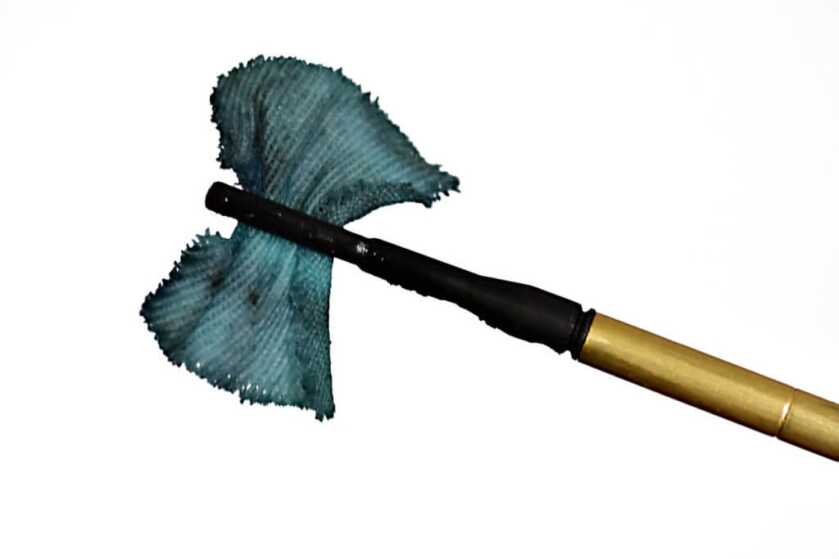
Get the Copper Out
If your rifle shoots OK for a while and suddenly starts spraying bullets all over the place, one likely culprit is copper buildup in the bore. Many people clean their barrels with powder solvent and think that’s sufficient. It isn’t. Left in place, copper can destroy not only accuracy but also the barrel itself as copper and moisture combine to corrode steel and create pits that grab more copper as bullets pass through the barrel. Happily, there are many products that do a good job of getting the copper out. My favorite is Bore Tech Eliminator, which removes copper, carbon, lead, and molly fouling without harming the bore. You start by wetting several patches and running them through the bore. Initially, the patches will be black, and then turn purple and then blue, indicating the presence of copper. Continue to run a saturated patch through the barrel every few minutes until the patches come out white. With heavily fouled barrels, you may need to scrub the bore with a nylon (not bronze) brush, and then go to the patches.
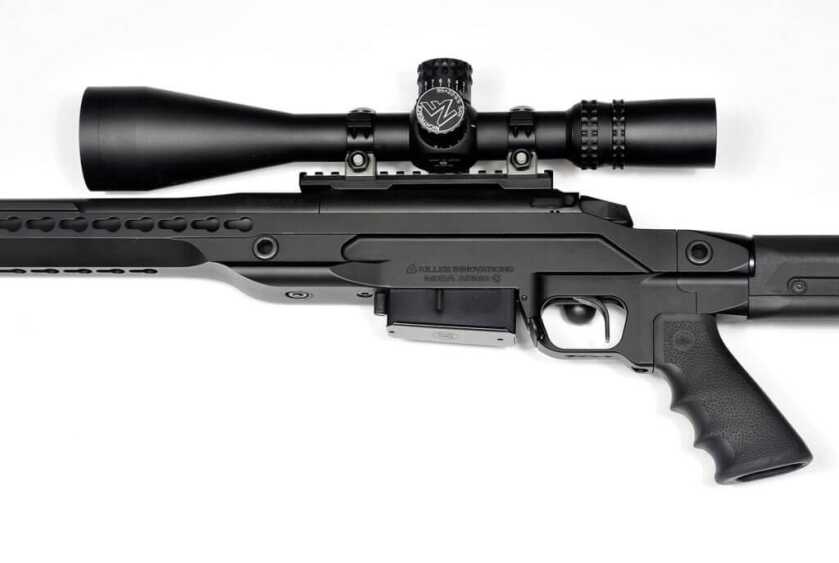
Check your Scope, Base and Rings
Newbies to the shooting sports often mount optics themselves without the proper knowledge or tools, turning an otherwise accurate rifle into one that will send bullets anywhere except where they’re intended. Scopes sometimes go south, as well. Ring or base screws can also loosen over time, resulting in a gun that shoots erratically. If you have a rifle that shoots well but suddenly takes an unscheduled vacation, take a hard look at your optics and how they’re mounted. Bases and rings should be installed with a torque wrench and tightened evenly to the manufacturer’s specifications. While you’re at it, make sure the action screws are torqued to specification. Diagnosing a bad scope can be difficult, but symptoms to watch for include uneven tracking, a sudden shot-to-shot change in accuracy with a load that you know to be accurate in your rifle, any change in how the turrets feel when you’re dialing in adjustments, and an obvious shift in the position of the reticle. If you swap the scope out for another and the rifle’s previous accuracy returns, you’ve just diagnosed the problem.
Lap Scope Rings for a Concentric Fit
No one can guarantee that lapping scope rings will shrink your groups by X amount, but any misalignment of a scope in its rings can be detrimental to accuracy and to the scope itself. Sometimes the issue is with rings having high spots that create uneven contact with the scope tube. Sometimes the problem is with the action and base-mounting holes being out of precise tolerance. If you decide to lap the rings yourself, avoid the cheaper lapping tools. If you’re not confident in your ability to correctly do the job, take it to a competent gunsmith. Lapping the rings may not make the biggest difference in accuracy, but it can give you a sense of confidence in your setup and eliminate one more variable from the accuracy equation.

Replace the Trigger
All rifle triggers are not created equal. The best accuracy is achieved with creep-free triggers that break crisply and with a light pull weight. That’s why bench rest shooters often use triggers with a pull weight measured in ounces rather than pounds. Any trigger with an excessively heavy trigger pull can cause some rifle movement and point-of-impact shifts. Don’t assume that all rifles ship from the factory with decent triggers. Not too long ago, I tested two different rifles from a major manufacturer with triggers that were supposed to be adjustable down to a pull weight of 2 ½ pounds. Neither one would go below 5 pounds. AR manufacturers, in particular, often equip guns with abysmal triggers. The remedy is to install a quality aftermarket trigger. Personally, I won’t tolerate a pull weight of more than 2 ½ to 3 pounds for any type of rifle. That’s why half of the rifles in my safe wear Timney triggers. With some guns, simply swapping out triggers can cut group sizes in half.
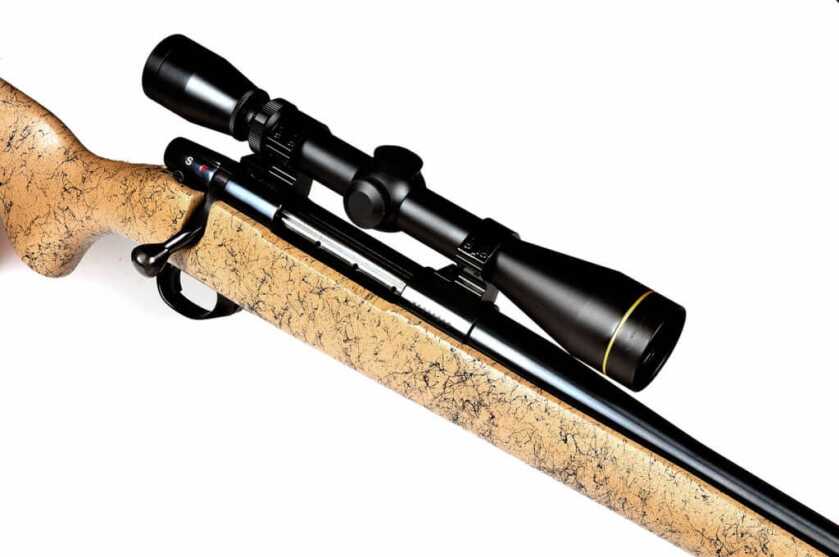
Replace the Stock
When synthetic rifle stocks first began replacing wood stocks on a wholesale basis, they offered the promise of putting an end to shifting points of impact caused by humidity and its effects on wood. But many of the early synthetic stocks were cheaply made and had considerable flex in them that could also adversely affect accuracy – hence they were derisively labeled as “Tupperware” stocks. Synthetic stocks have come a long way since then, but some inexpensive rifles still have stocks of lesser quality with too much flex in the forend. Upgrading to a better stock may or may not result in meaningfully tighter groups, but you’ll likely be happier with the rifle if it fits you better and reduces perceived recoil, and you’ll probably shoot it better. Ill-fitting, hard-kicking rifles are considerably more difficult for most people to shoot accurately.
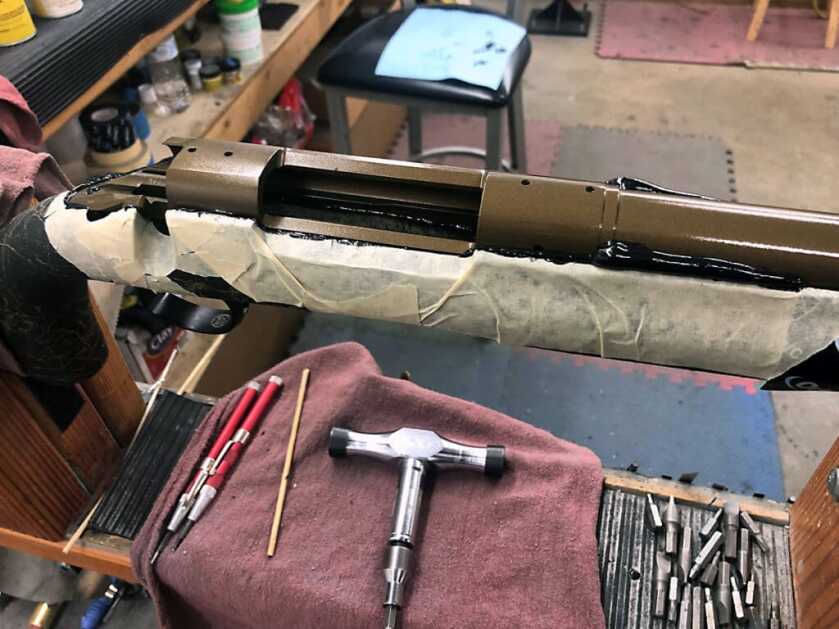
Bed the Receiver
Ask experienced shooters what you can do to improve your rifle’s accuracy, and odds are high that the majority will tell you to glass bed or pillar bed the action. Apart from the quality of a rifle’s barrel, how well the action fits in the stock is one of the most important factors in achieving consistent accuracy. The primary goal of bedding is to make sure that the action is solidly mated to the stock to prevent any shifting of the action upon firing. Of course, there are many types of bedding today that do a good job, and not all rifles are candidates for this treatment. Some guns have their metal actions directly attached to a metal chassis, while others have a full- or partial-length aluminum bedding block molded into a synthetic stock. Some rifles come from the factory already glass bedded or pillar bedded, or both, but these tend to be more expensive models. It’s the rest of the guns, with traditional wood or synthetic stocks, that can most benefit from bedding. Glass bedding alone can often work wonders for a rifle, but I’ve long been a fan of pillar bedding, as well, because it provides two non-compressible pillars to secure the action without worrying about compressing the stock material itself when the action screws are tightened. There are lots of bedding kits and instructional videos out there for those who want to tackle this job themselves. It’s not rocket science, but there are a number of ways to do it badly.

Replace the Barrel
There’s a lot of truth in the old saying that a rifle is only as good as its barrel, and there’s a reason custom gun-makers and many competitive shooters use only barrels from the best custom barrel makers. Mass-produced rifles have mass-produced barrels, and they can vary considerably in quality, with some having rough bores and tooling marks. As good as today’s rifles are, there can sometimes be issues with nonconcentric or misaligned bores and chambers. Barrels can also suffer damage from throat wear, poor or improper maintenance, and corrosion. If accuracy issues are due to a bad barrel, upgrading to a higher quality barrel can make a dramatic difference. Choosing to change the barrel has the added benefit of, in many cases, allowing you to change the chambering to a different cartridge if you wish to do so.
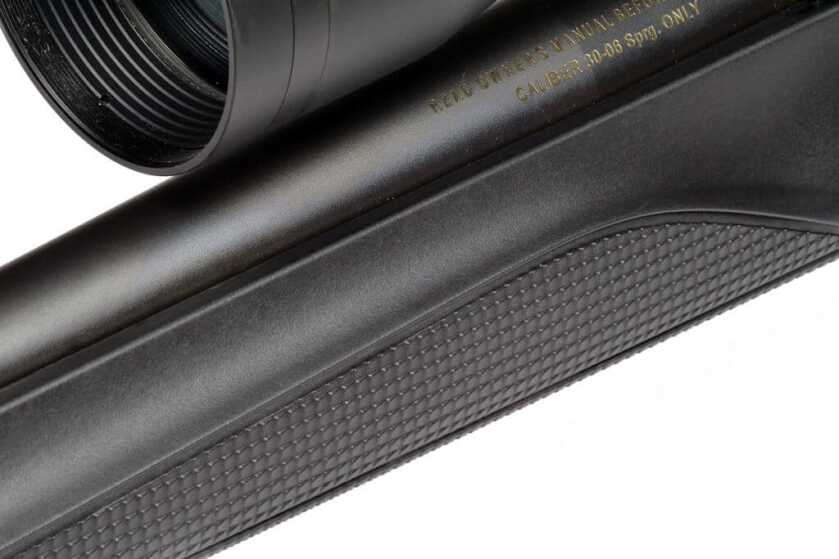
Free Float the Barrel
Many factory rifles now have free-floated barrels, and manufacturers emphasize that as an accuracy-enhancing feature. In reality, a free-floated barrel isn’t always more accurate than one which isn’t, but in general, free-floated barrels tend to shoot more consistently because there’s no pressure on the barrel from the stock to change the harmonics of the barrel. Theoretically, a free-floated barrel vibrates with the same uniformity from shot to shot, but a stock may be too flexible or warped or have high spots in the barrel channel that contact the barrel, and that can cause the point of impact to shift. With barrels that are supposed to be free-floated, the standard test is to run a dollar bill underneath the barrel from the front of the stock to the action. A better test is to run a stack of three one-dollar bills under the barrel, and if you feel any undue resistance along the way, you should relieve some material from the barrel channel. On the other hand, some rifles – notably those with slender barrels — shoot better with upward pressure applied to the barrel. That explains the old trick of placing a shim beneath the barrel near the forend tip, and some gun makers still employ a pressure point at the forward end of the stock. With ARs, you may be able to tighten up groups by using handguards that mount to the receiver rather than the barrel, thus allowing the barrel to float more freely.

Recrown the Muzzle
Another potential cause of loss of accuracy is a damaged or imperfect crown on the muzzle of a barrel. In theory, bad crowns allow gas to escape unevenly as a bullet exits the barrel, causing the bullet to yaw, resulting in loss of precision. Depending on the degree of damage, accuracy loss may be minimal or significant. In either case, the performance downrange can suffer. As distances increase, so does the impact on accuracy. If you don’t have the skill or tools to do this job properly yourself, it’s time to visit a gunsmith.
Square and True the Action
Some people call it blueprinting. Others call it squaring or truing or both, but to those who are obsessed with rifle accuracy, it means the same thing — machining and lapping parts of the action so that critical components are square to the centerline of the receiver and providing 100 percent even contact on all mating surfaces. This includes working over the receiver face, threads, lugs, bolt face, and bolt lugs. For most of us, this work is best left to a good gunsmith or a firm that specializes in doing accuracy work. If your rifle already shoots one-inch groups, further accuracy gains may not be all that dramatic, but if you’re going to replace the barrel, it’s a great idea to square and true the action while you’re at it.
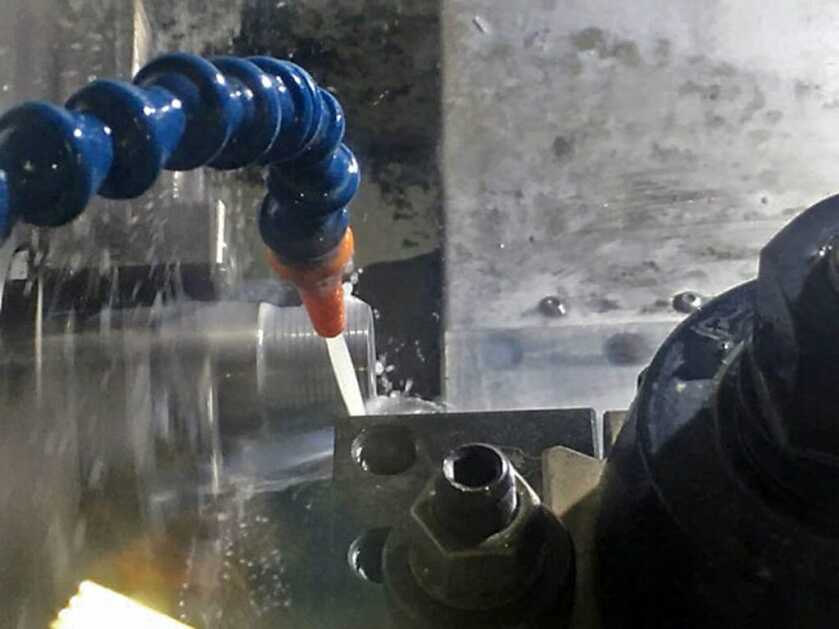
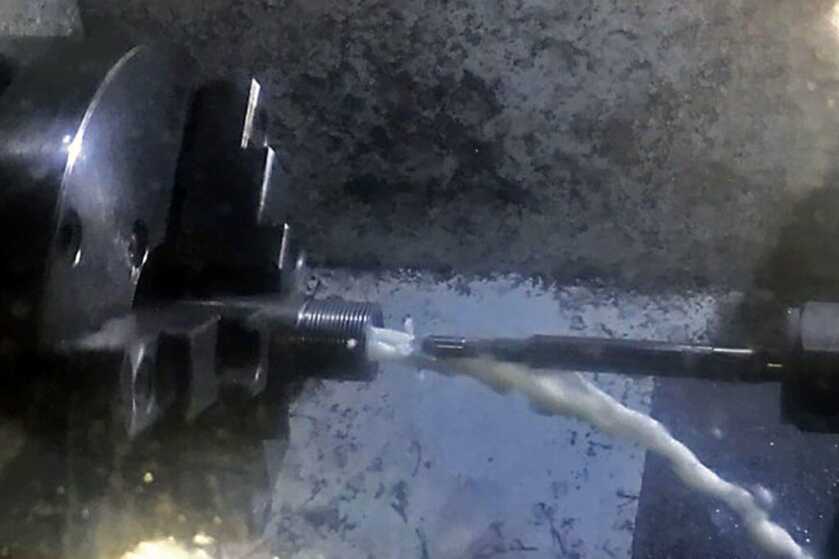
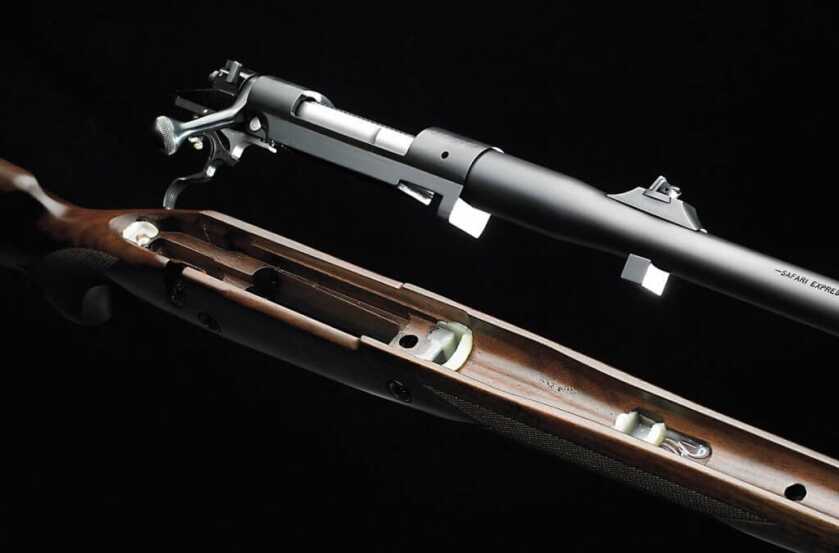

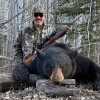
When you change the BBL and cal it is a totaly diffrent gun. Do it to the basic gun
I agree article title is misleading
Very good advise on true-ing the barrel, especially the crown. All the money you spent on a p.o.s. Remington 700 could have been better spent on a cheap but much more accurate Savage say model 110. Very accurate right out of the box. There is always a better cartridge or round for the particular job. Deer rifle would be better served with a good all around cartridge such as a .243 Winchester or .308 Winchester. Smallest game would be best taken with the smallest cartridge useable for job such as squirrel.
Sorry for my omission on squirrel. A .22 or .17 would be just fine for squirrel.